 |
CNC Machining |
 |
CNC Laser Cutting |
 |
CNC Tube Laser Cutting |
 |
CNC Brake Pressing |
 |
CNC Tube Bending |
 |
CNC Turret Punching |
 |
Welding |
 |
Metal Surface Finishing |
 |
3D CAD/CAM Design |
 |
Project Management |
 |
Assembly |
 |
Warehousing & Logistics |
Metal Surface Finishing & Coating
DVR provides industrial Spray Painting, Powder Coating, SurTec650 Coating, Metalizing and Abrasive Blasting services to a wide range of sectors: Defence, Marine, Telecommunication, Construction & Engineering, Mining, Energy and Rail.
With 35 years of experience in the industry and highly qualified staff, we have an in-depth understanding of metal finishing and coating. Using the highest quality materials, advanced coating techniques and stringent quality control, we can offer our customers the highest possible level of product finish.
We are equipped with a whole range state of the art equipment and processes:
- 7-Stage Automated Powder Coating Plant
- Oxsilan Technology Chrome-Free Pretreatment
- 10 Spray Booths
- Baking Oven 10 m x 4.2 m x 2.7m
- 2 x Spray Booth/Baking Oven - each 5m x 4.2m x3m
- Metalizing (thermal metal spraying)
- Abrasive and Garnet Blasting
- SurTec 650
- Spray painting booths, designated spray painting areas and paint mixing in compliance with AS/NZS 4114:2020
- Abrasive blast in compliance with AS 1627.4-2005
- Powder coating in compliance with AS 4506-2005
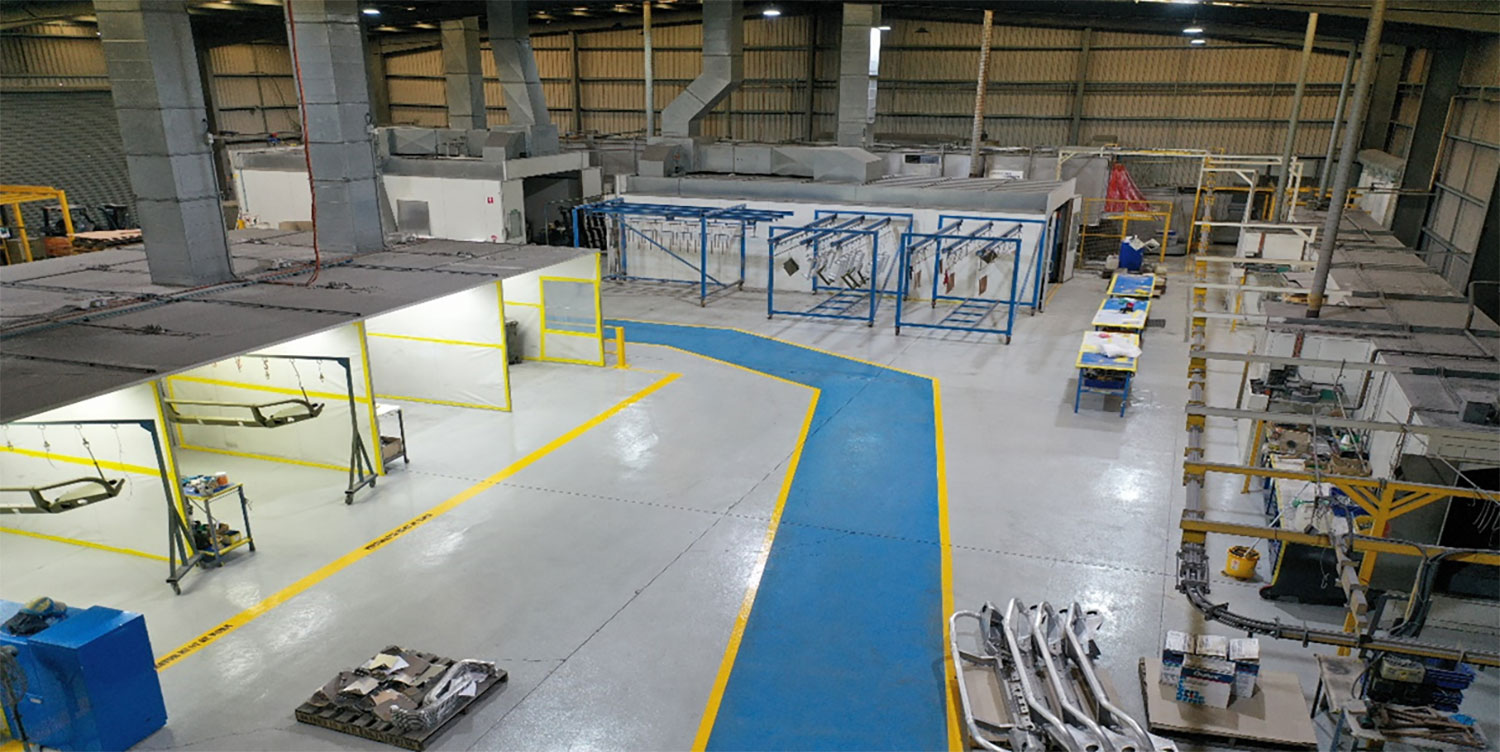
Coating – Wet Spray
We have extensive knowledge and experience in a wide range of wet spray commercial and military applications, from surface treatment and preparation to priming and top coating, ensuring paint thickness and gloss level are achieved through strict quality checks.
We specialize in the stringent Military standard paint systems for both Land and Marine applications for ferrous, non-ferrous and plastic parts.
Our capabilities range from coating small components to extensive and complex parts as assemblies.
Some of our main surface coating treatments include:
- Non-slip coating
- Two-pack protective coating systems
- Heat resistant coating
- UV resistant coating
- Anti-graffiti coating
- Abrasion Resistant Coating
- APAS - Australian Paint Approval Scheme (0502 & 0154)
- CARC - Chemical Agent Resistant Coating
- NIRR - Near Infrared Reflective Coatings
- DPP & IRR (PPG & Axalta DPP Certified)
- Intergard 269
- Intershield 300
- Interfine 5897

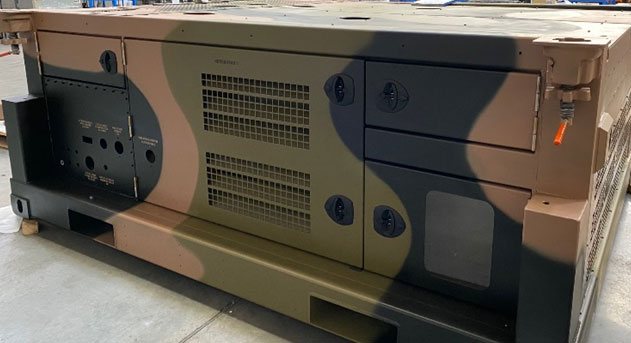
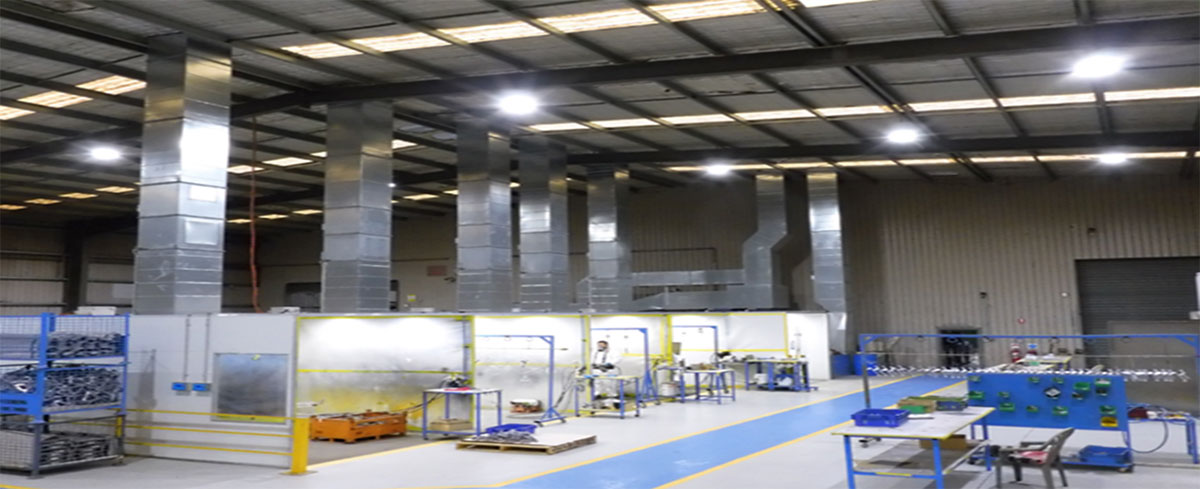
PowderCoating
Powder coating is a process where the dry powder is applied to metal surfaces using a spray gun that electrostatically charges the powder. The metal is then heated in an oven, which causes the powder to melt and form a smooth, even coating on the surface
Our state-of-the-art 7-Stage Automated Powder Coating Plant includes Oxsilan Technology Chrome-Free Pretreatment and Reverse Osmosis water treatment. For very large components, we have a powder coating batch over 8m x 2m x 2m.
Oxsilan Technology is a chrome-free pretreatment method used in metal finishing processes. It is a phosphate-free pretreatment technology that uses a combination of inorganic and organic compounds to create a nanometer-thin layer on the metal surface. This layer improves adhesion, corrosion resistance, and paint/powder adhesion and is also environmentally friendly and safe. It can be used on a wide range of metals, including aluminium, steel, and zinc-coated steel.
The Reverse Osmosis water filtration system removes impurities and minerals from water by using pressure to force the water through a semi-permeable membrane, blocking impurities and minerals and allowing only pure water to pass through. This process helps to ensure consistent, high-quality finishes while reducing the risk of contamination and environmental impact.
Powder Coating Process:
- Pretreatment Process: use Oxsilan Technology to remove any oil, grease and other contaminants that could affect the adhesion of the powder coating.
- Drying: dry the surface of the material via a hot drying oven
- Powder application: powder is applied using a spray gun that electrostatically charges the powder particles, which are attracted to the grounded surface, forming a coating.
- Curing: the product runs on a line through a heating oven and is heated to a temperature that melts the powder coating and allows it to flow and fuse, creating a durable and uniform finish.
- Quality: the final product is inspected for defects, such as uneven coating thickness, bubbles, or cracking.

Advantages of Powder Coating
Powder coating is more durable and resistant to scratches, chips, peeling and fading than traditional liquid paint.
It is a more environmentally friendly option than traditional paint because powder overspray can be collected and reused., reducing waste.
Powder coating can be done in a wide range of colours, textures, and finishes, including matte, glossy, metallic, and textured.
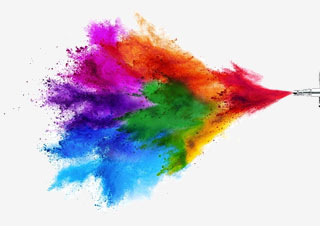

SurTec 650
SurTec 650 is a Tri-chrome passivation for Aluminium, a conversion coating process.
We have in-house SurTec 650 processing tanks where aluminium parts go through a dipping process to achieve a transparent protective coating which gives excellent corrosion protection of the aluminium surface.
SurTec 650 can also be used as a substrate for the adhesion of paints or powder.
Due to low surface electrical resistance, this process is a benchmark technology in the electronics industry.
Meets MIL-DTL-81706-B and MIL-DTL 5541-F corrosion requirements.
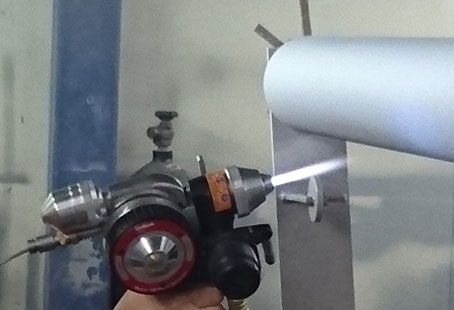
Metalization
Metalizing is a process of applying a metallic coating layer onto a surface of a steel component, usually to enhance corrosion resistance. This process is achieved through a technique of thermal spraying.
Zinc/aluminium wire is fed through a metalizing spray gun, where it is melted, and a thin layer of molten metal is sprayed onto the product to form the protective coating.
Before the metalizing process, the steel product must be abrasively cleaned.
Metalized surfaces are usually painted or powder coated for maximum corrosion protection
This process is suitable for steel structures located outdoors and exposed to harsh environments which are vulnerable to surface deterioration over time.
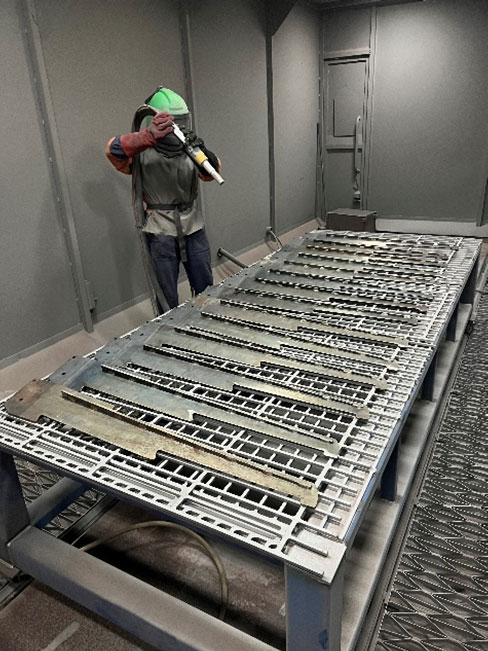
Abrasive Blasting
Abrasive blasting is a process that involves using a stream of abrasive materials to clean a metal surface before painting, powder coating or other surface treatment.
The process involves propelling abrasive materials at high speed against the surface being worked on.
Our industrial 9m x 3m abrasive blasting facility uses Aluminium Oxide blast media for its hardness, strength and efficient cutting and etching surface finish.
Advantages of our blasting method/media:
- Superior hardness and strength for hard substrates
- Excellent quality of surface finish
- Ability to be recycled and reclaimed for multiple passes
- Non-toxic and lower dust levels.

